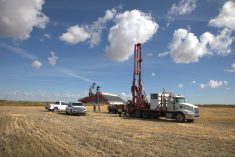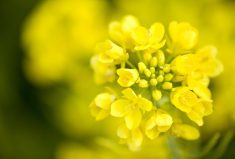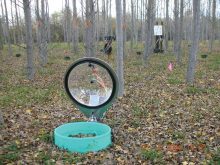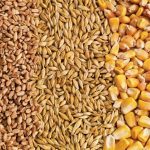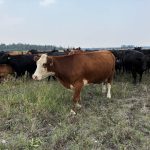While the federal government views 4R stewardship as a way to substantially cut greenhouse gas emissions from fertilizer use, there is another way — more efficient fertilizer products that reduce volatilization, leaching and denitrification.
And many farmers are using these fertilizers, which fall into two main categories: inhibitors and slow- or controlled-release formulations.
David Carlson uses a controlled-release product called ESN Smart Nitrogen on his 3,300-acre operation near Gwynne.
Read Also
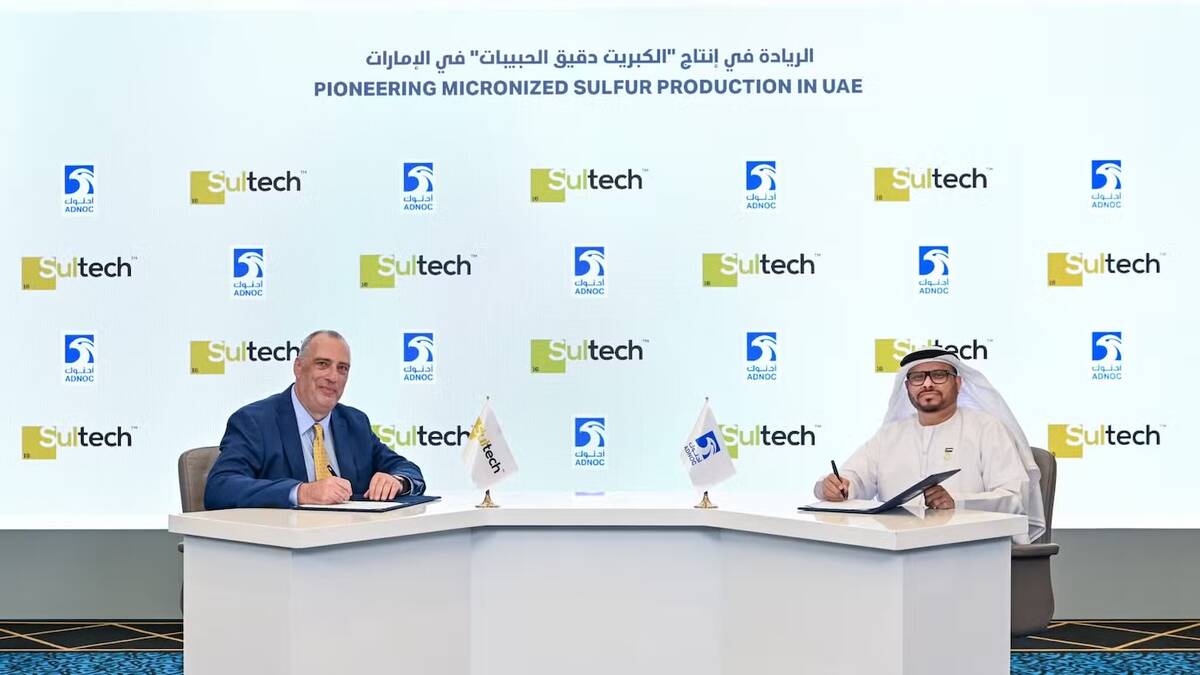
Calgary based ag-tech company signs partnership to bring next-generation micronized elemental sulphur technology to the UAE
Sultech Global signed an agreement with ADNOC Sour Gas to bring micronized elemental sulphur to the UAE.
“We’ve been using it for many, many years now already. I feel quite confident in it,” said Carlson. “We feel it’s affordable, and it’s just good science.”
ESN has a semi-permeable membrane that allows water in to dissolve nutrients before flowing out. With slow release, there is a coating (a variety are available) that must be broken down before the fertilizer is made available to plants.
A little goes a long way, said Carlson, adding the coated urea he uses only accounts for 25 per cent of his total N application. That’s typically what farmers do, he said, as it lets regular nitrogen give the crop the initial boost it needs with the controlled-release product available later on.
Inhibitors are another alternative.
They work by stopping processes that lead to nitrogen loss. Urease inhibitors slow volatilization, the enzyme activity that turns urea into ammonia gas. Nitrification inhibitors are a pesticide; they work underground killing the nitrifying bacteria that break down nitrates into nitrogen gas.
Their use depends on where and how you apply your fertilizer. If you use a surface-applied nitrogen fertilizer, a urease inhibitor will work best — especially if you don’t till or you’re in a dry, windy, hot region. You can expect the best return on a nitrification inhibitor if you have wet soils and high levels of organic matter.
Although it hasn’t announced any specific programs to promote use of these products, the federal government has recognized their value.
A recent government discussion paper said these products could reduce greenhouse gas emissions from fertilizer use by 15 to 35 per cent, or 2.4 million tonnes per year.
They would be a good choice for farmers who might not have the funds for something such as variable-rate fertilization, said Carlson.
“It’s just more efficient. It lowers the risk of loss considerably on it,” he said. “It’s working to better utilize the fertilizer that’s put down.”




